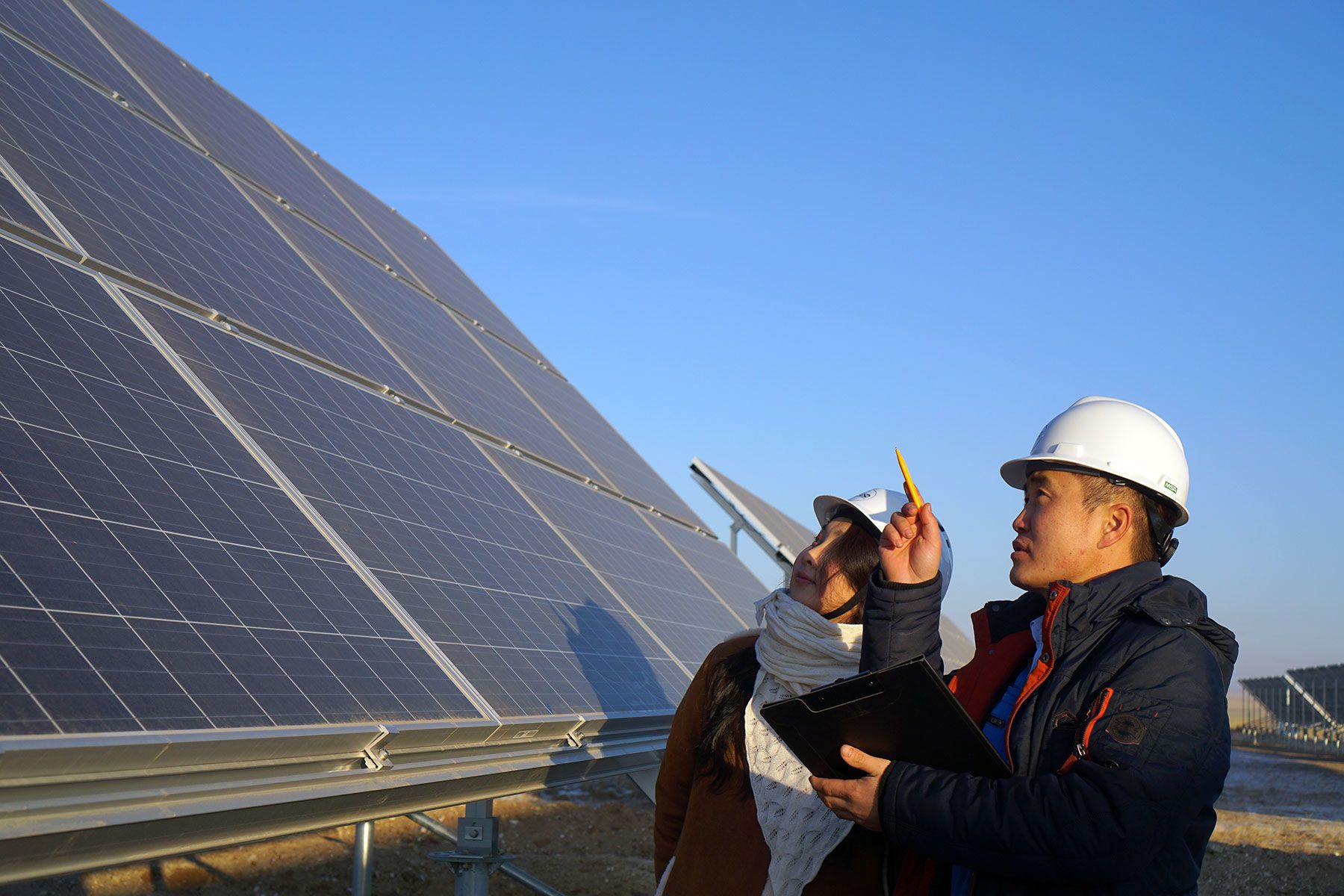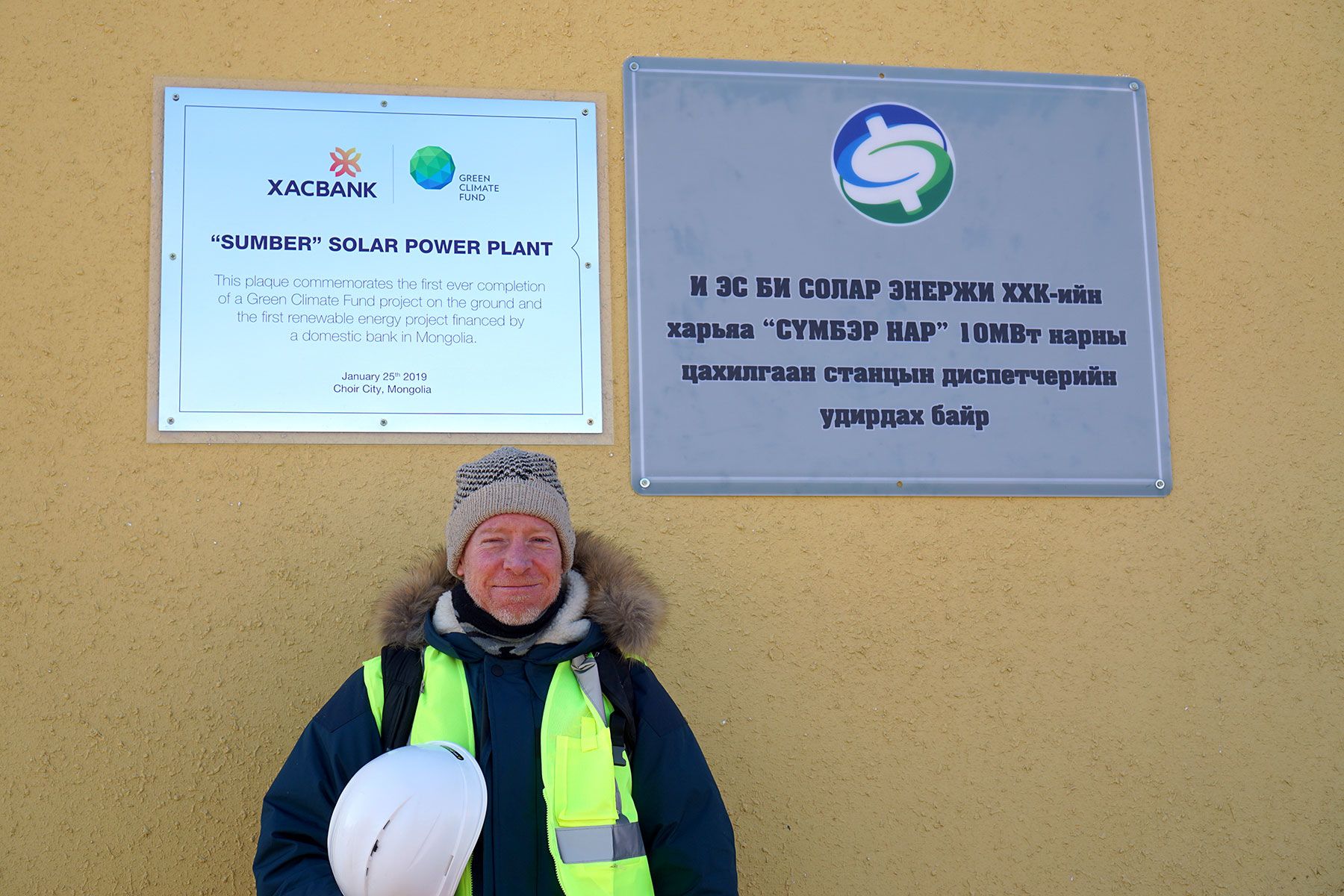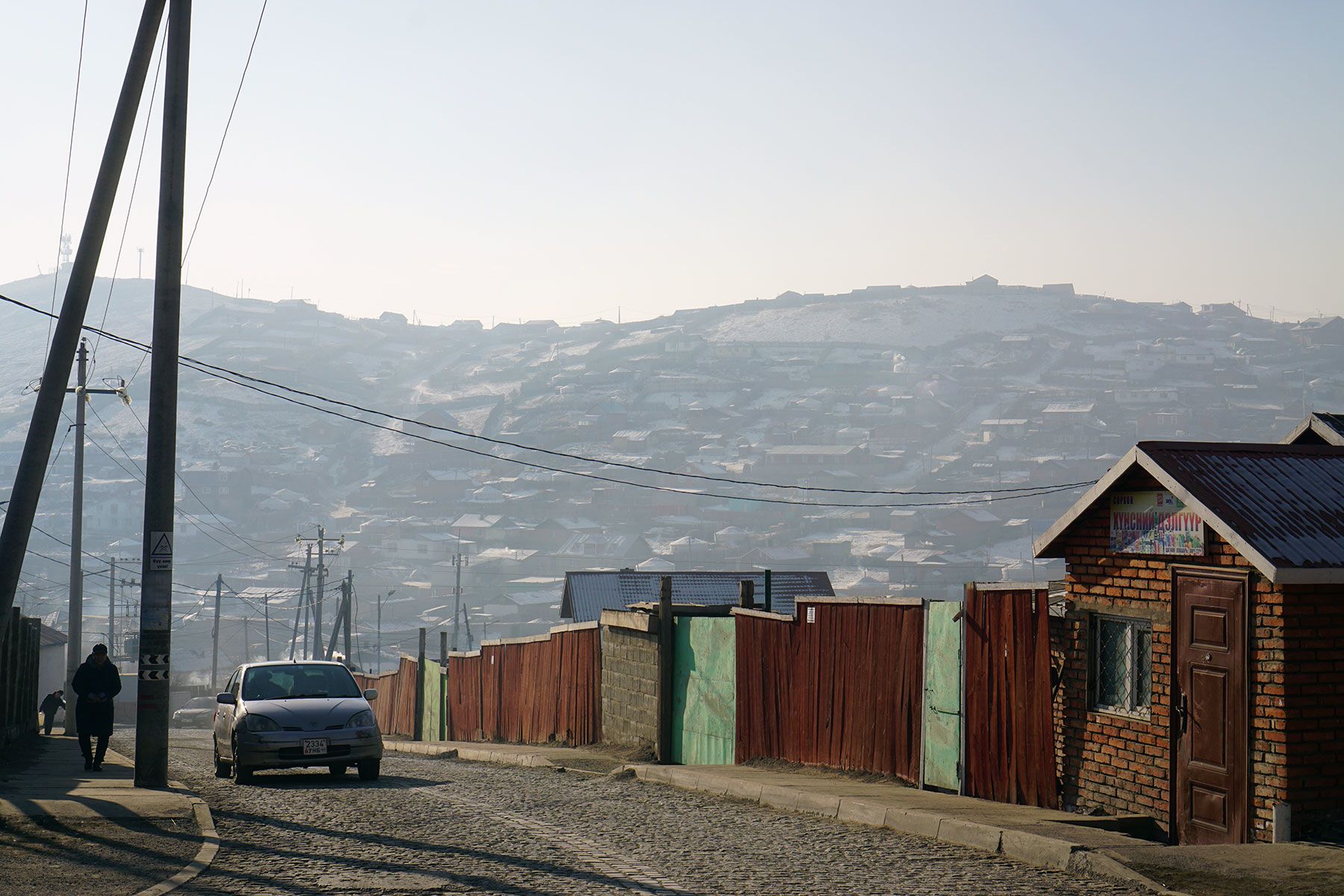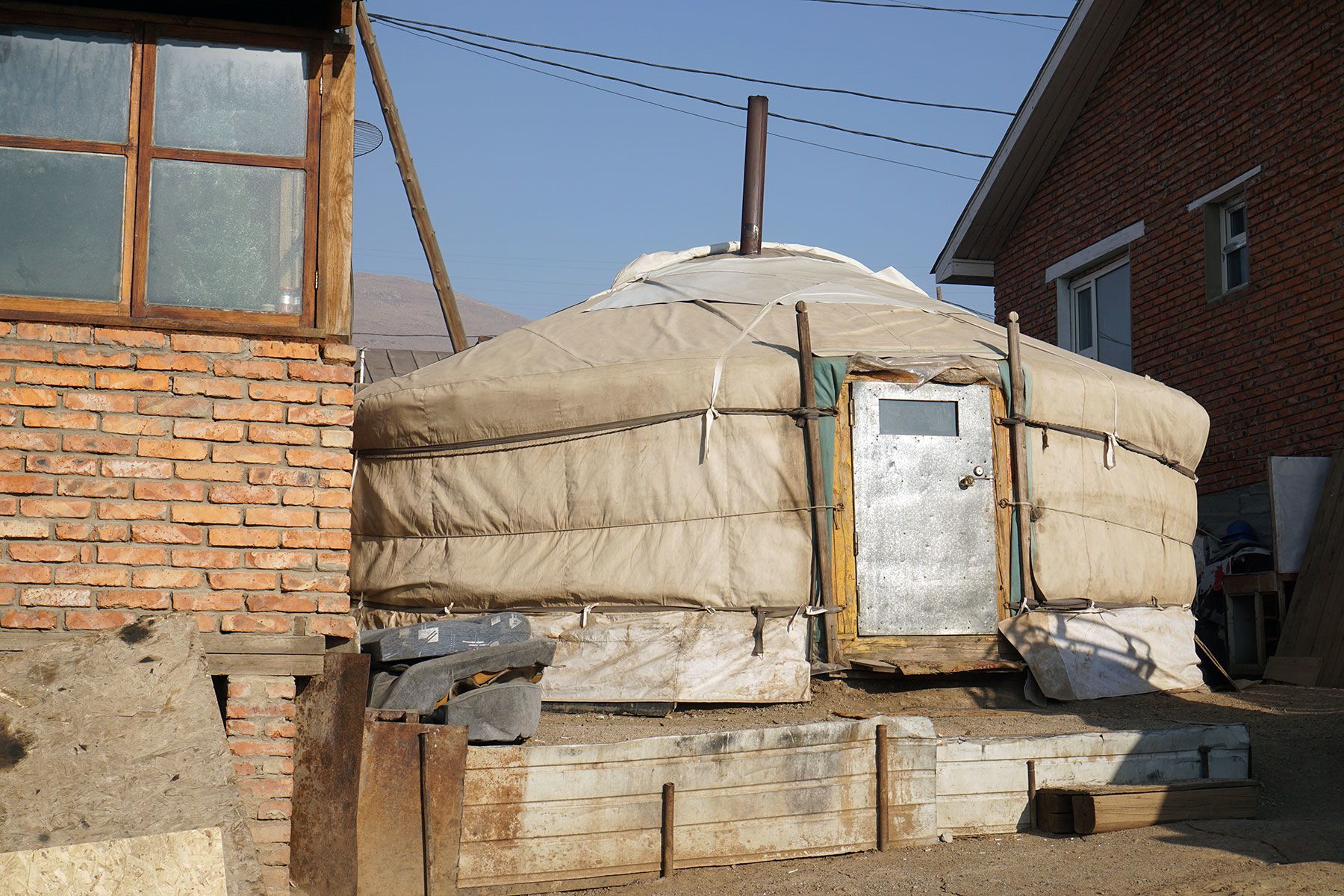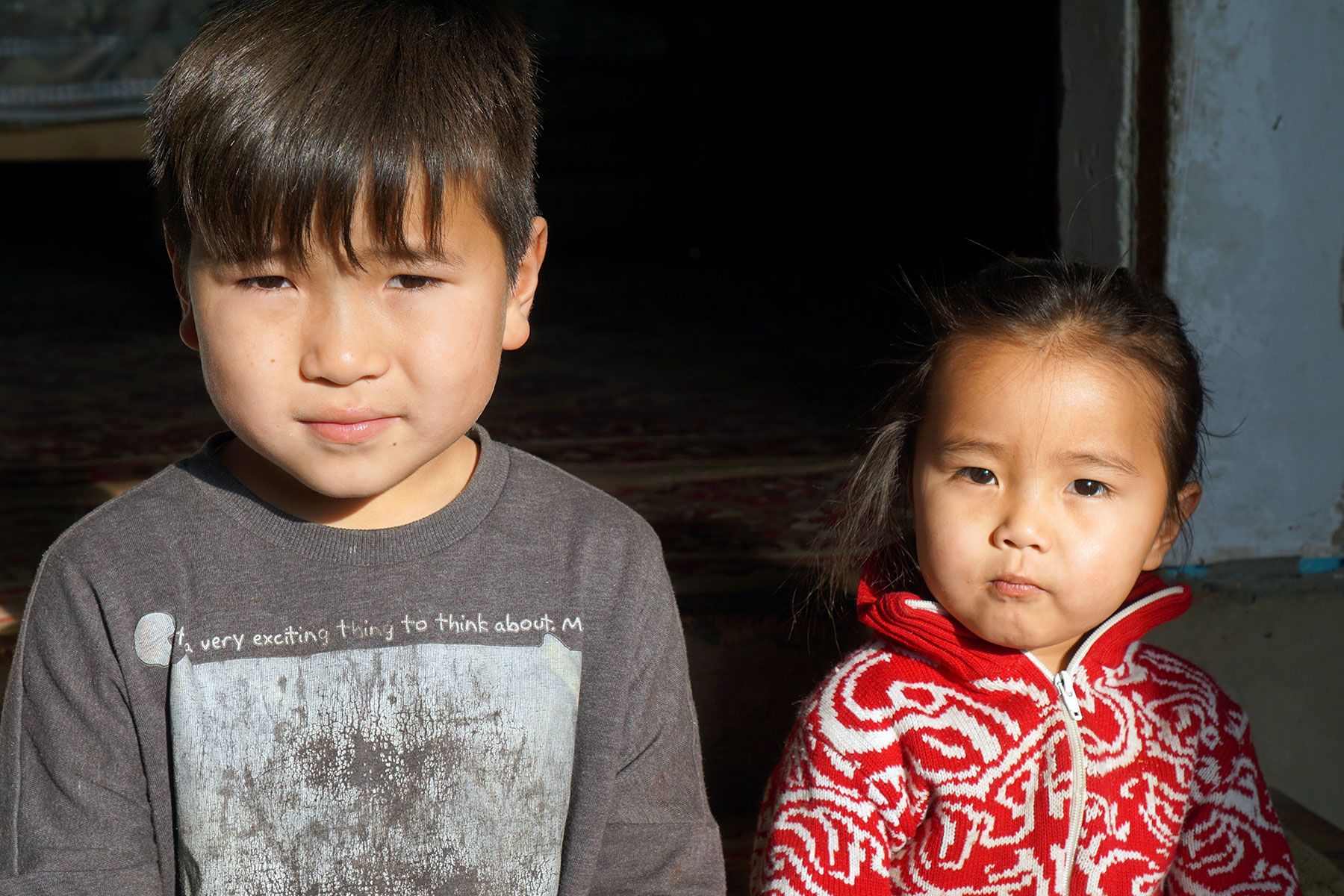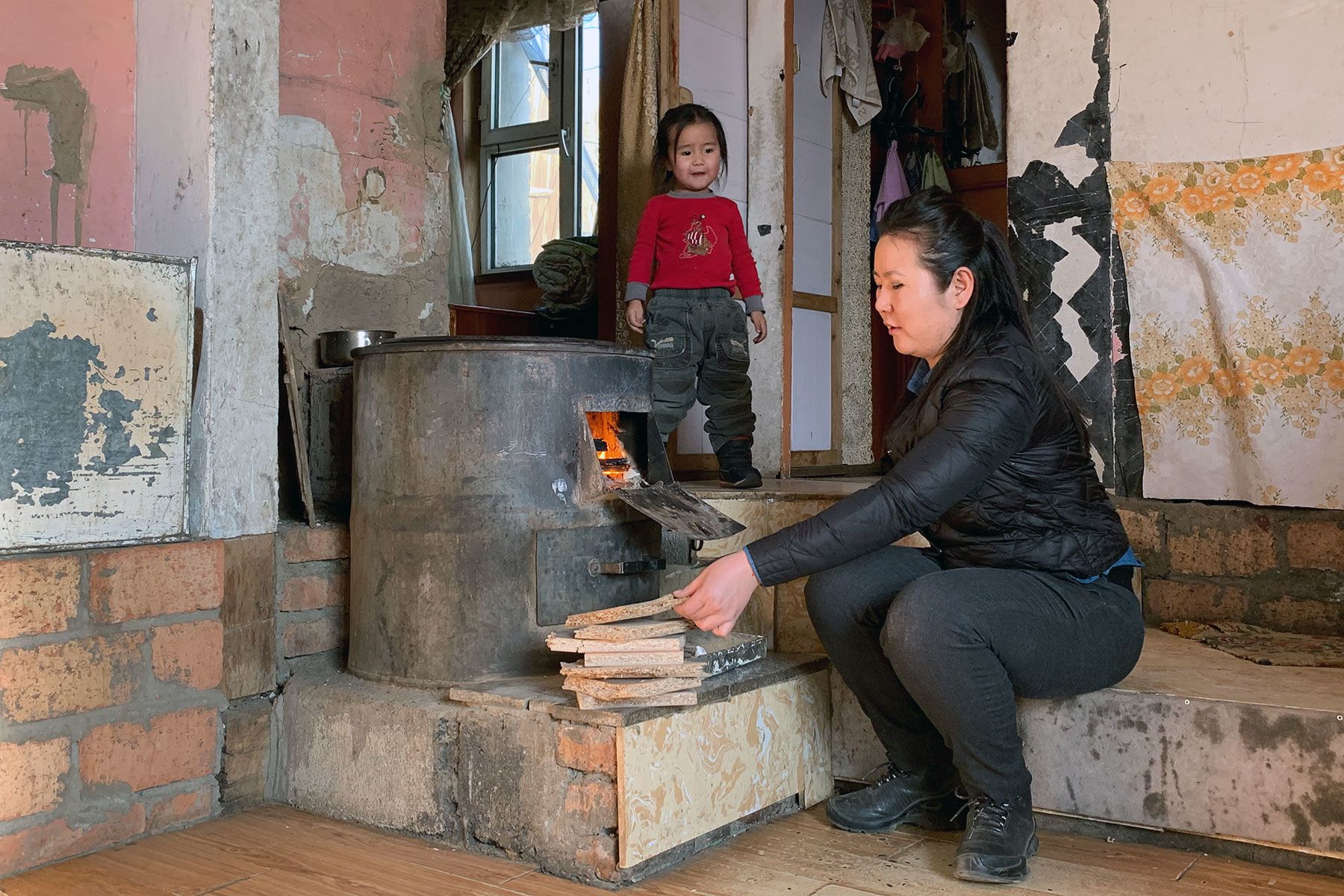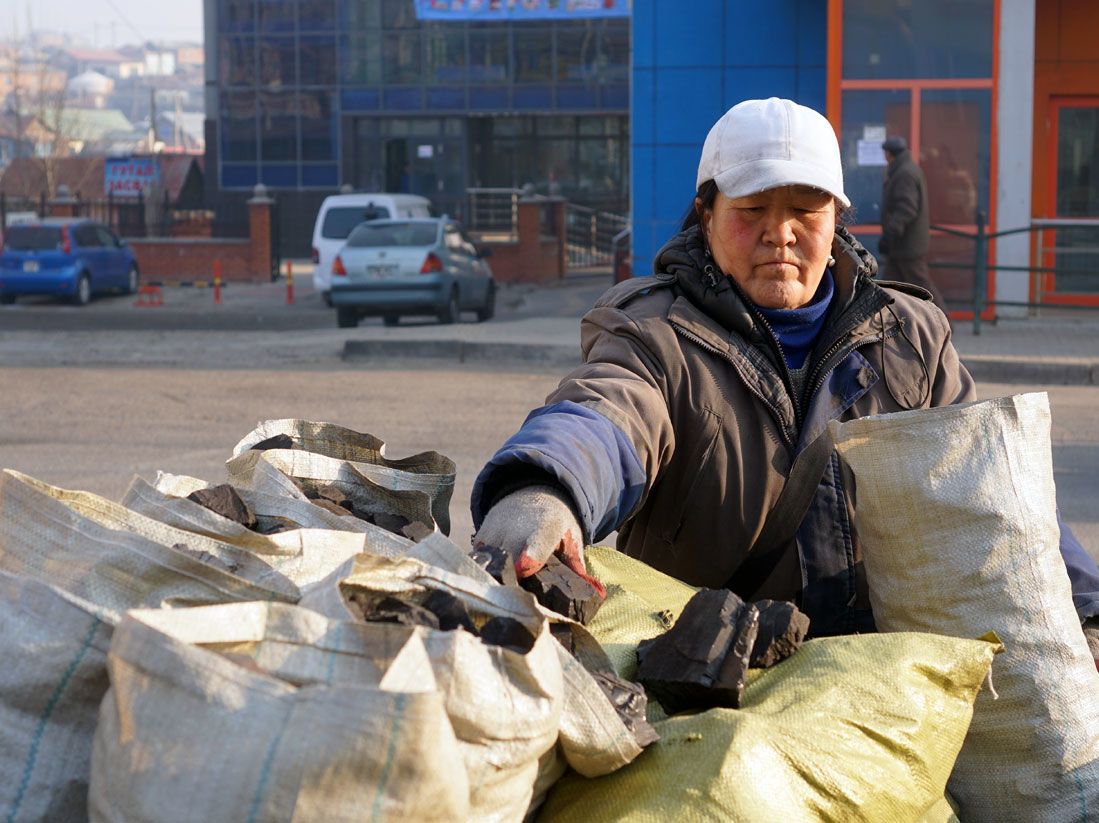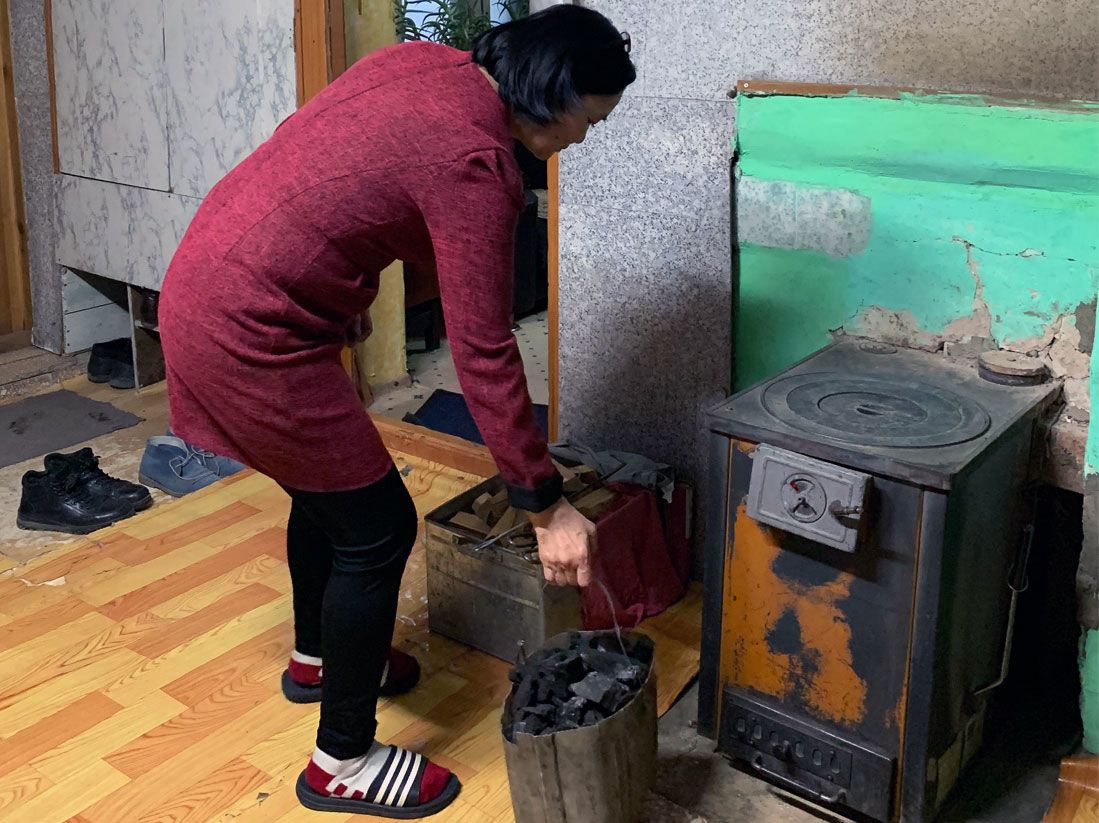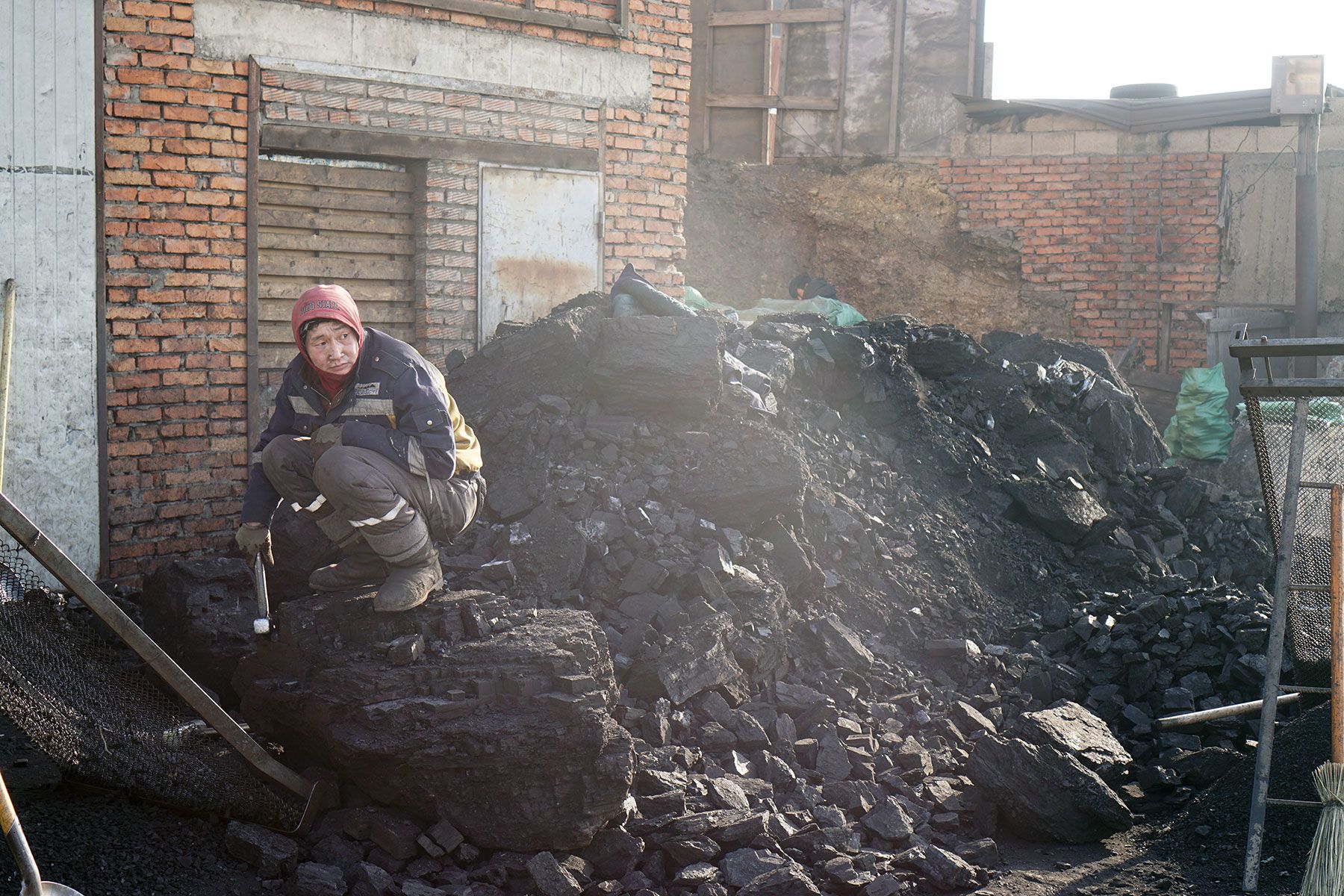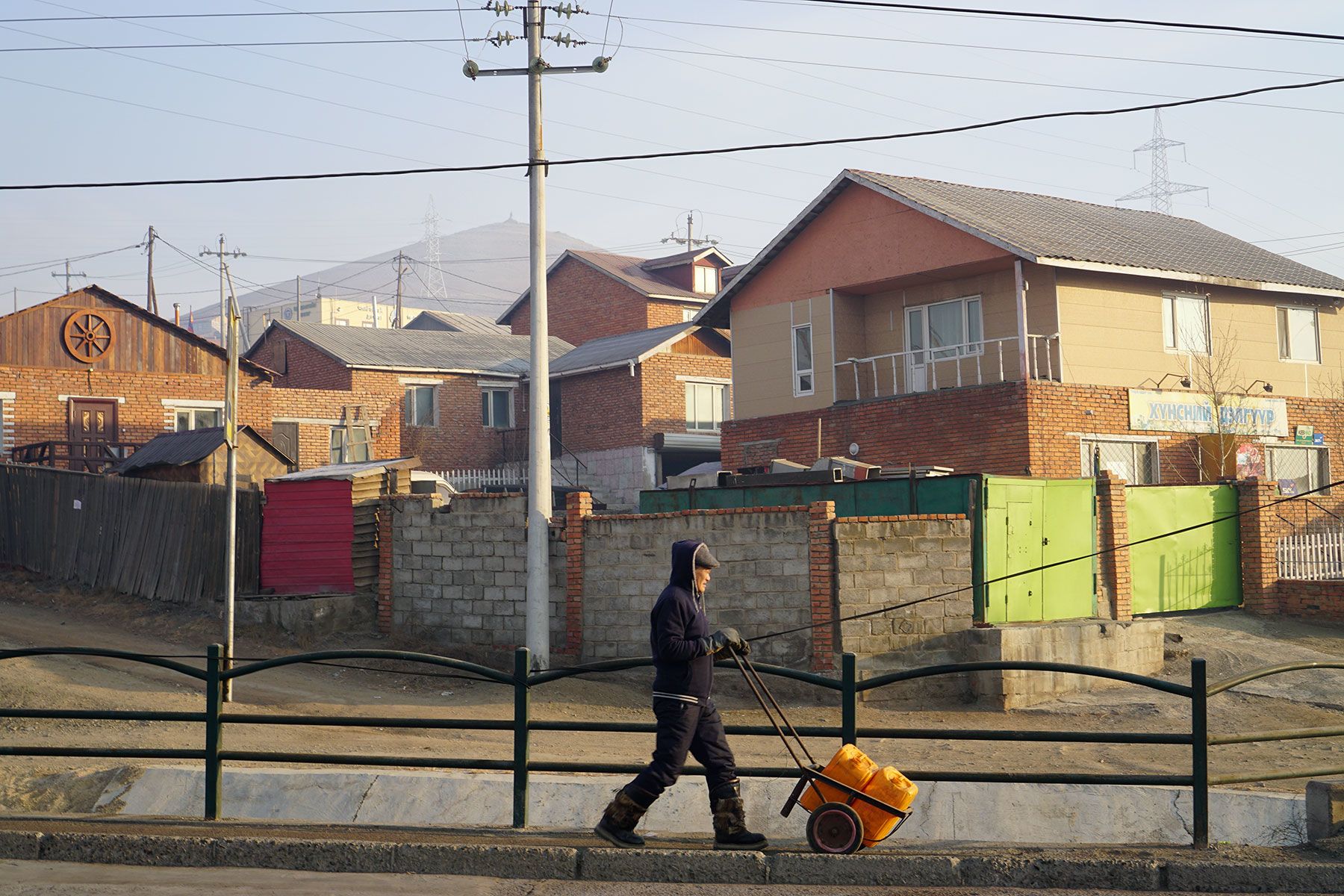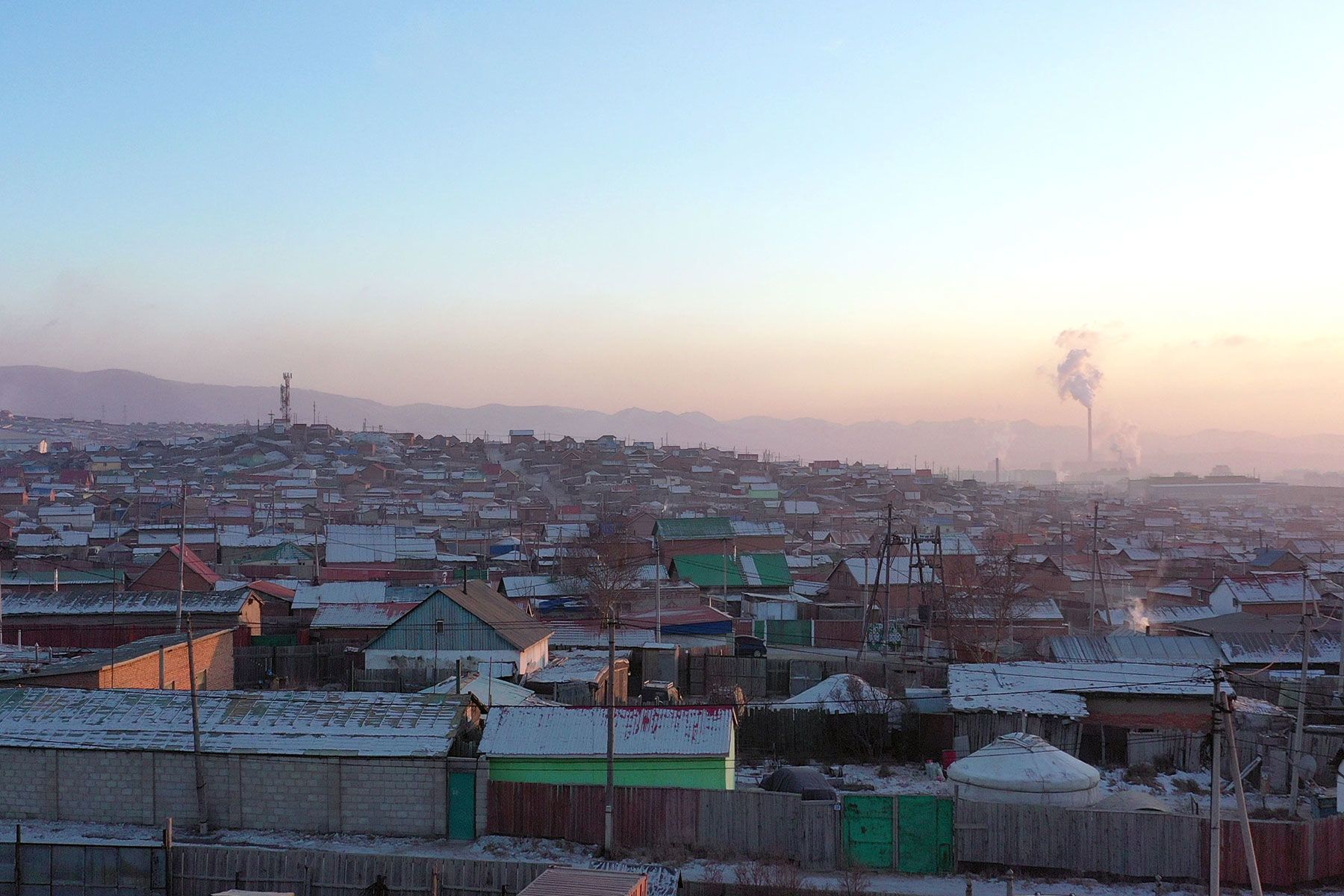GCF is supporting Mongolia’s ambition to pursue a low-emission future
And helping it adjust to the growing pains of rapid urbanisation
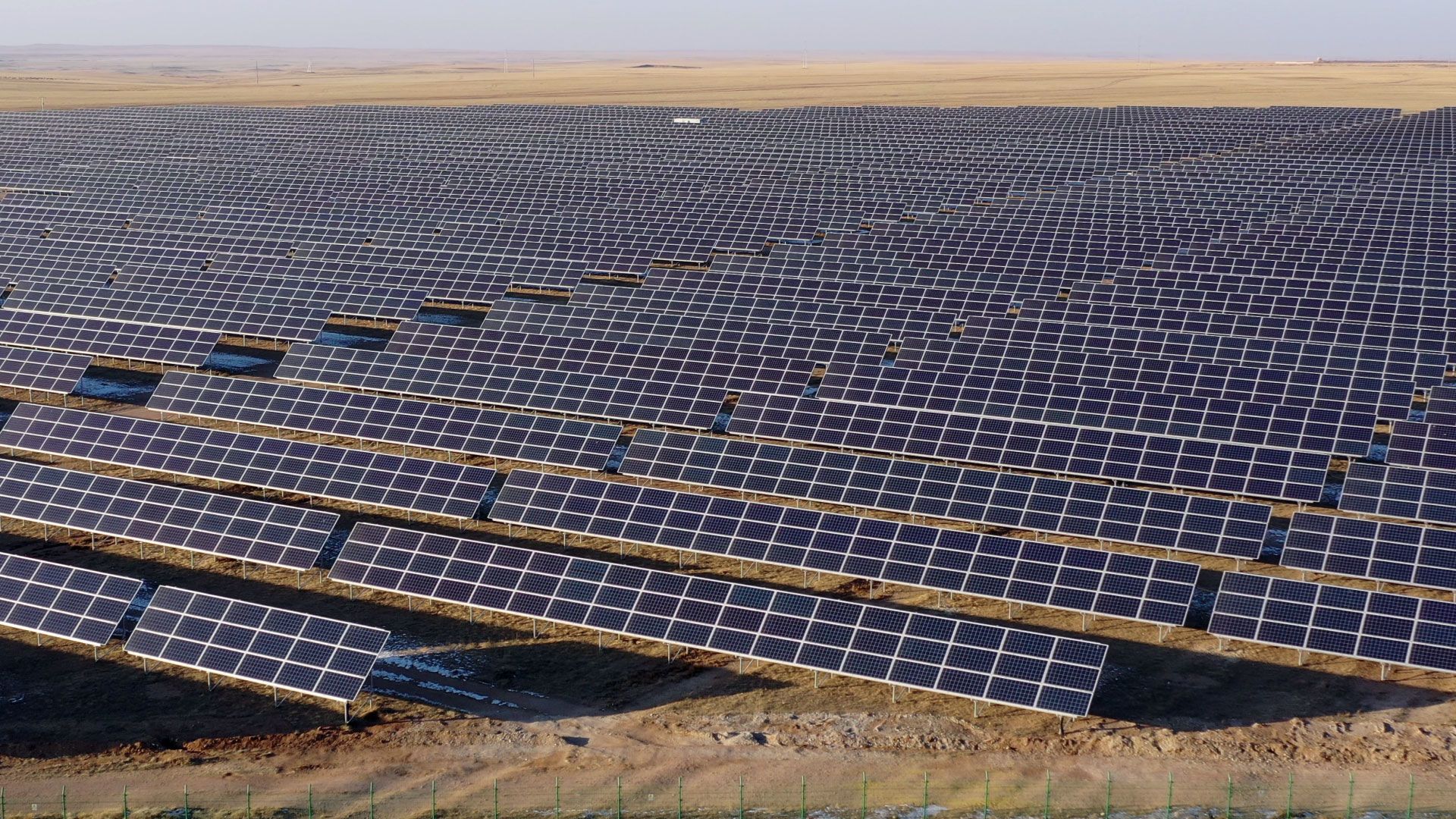
The Green Climate Fund is
- Assisting Mongolia transition to renewable energy, by leveraging local private investment
- Supporting loans to Mongolian firms that benefit from renewable energy and greater energy efficiency
- Assisting moves to ease the high-carbon strains of rapid urbanisation in Ulaanbaatar
There are few places on the planet where the nexus of negative climate effects and the potential benefits from climate action are clearer than in this landlocked, sparsely populated country. The wide open spaces of Mongolia, with a population of only a little over 3 million, and abundant access to solar energy, thanks to an estimated 250 days of sunshine a year, offer great potential for the government’s plan to increase its use of solar and wind power.
At the same time, increasingly harsh weather driven by climate change is combining with urban “pull” effects to draw increasing numbers of herd people to the national capital of Ulaanbaatar. While about a third of Mongolia’s population still conform with the popular Mongolian stereotype of herders living nomadic or semi-nomadic lives, increasing numbers are choosing to adopt urban lifestyles. Most of these migrants from the countryside live on the outskirts of Ulaanbaatar, and have doubled the city’s population during the past 30 years. Many burn coal and wood in their makeshift homes to cook and to stay warm. The result is that sometimes during winter, Ulaanbaatar experiences the worst air pollution in the world as a pall of coal smoke stifles the city.
GCF is assisting the Mongolian Government shift this negative climate change nexus, based on increasingly tough climate conditions and household coal combustion, in a positive direction. It is helping to increase the proportion of renewables in Mongolia’s national power generation, using loans to promote low-emission businesses, and financing climate resilience measures that encourage Ulaanbaatar’s outskirt dwellers to access main grid electricity.
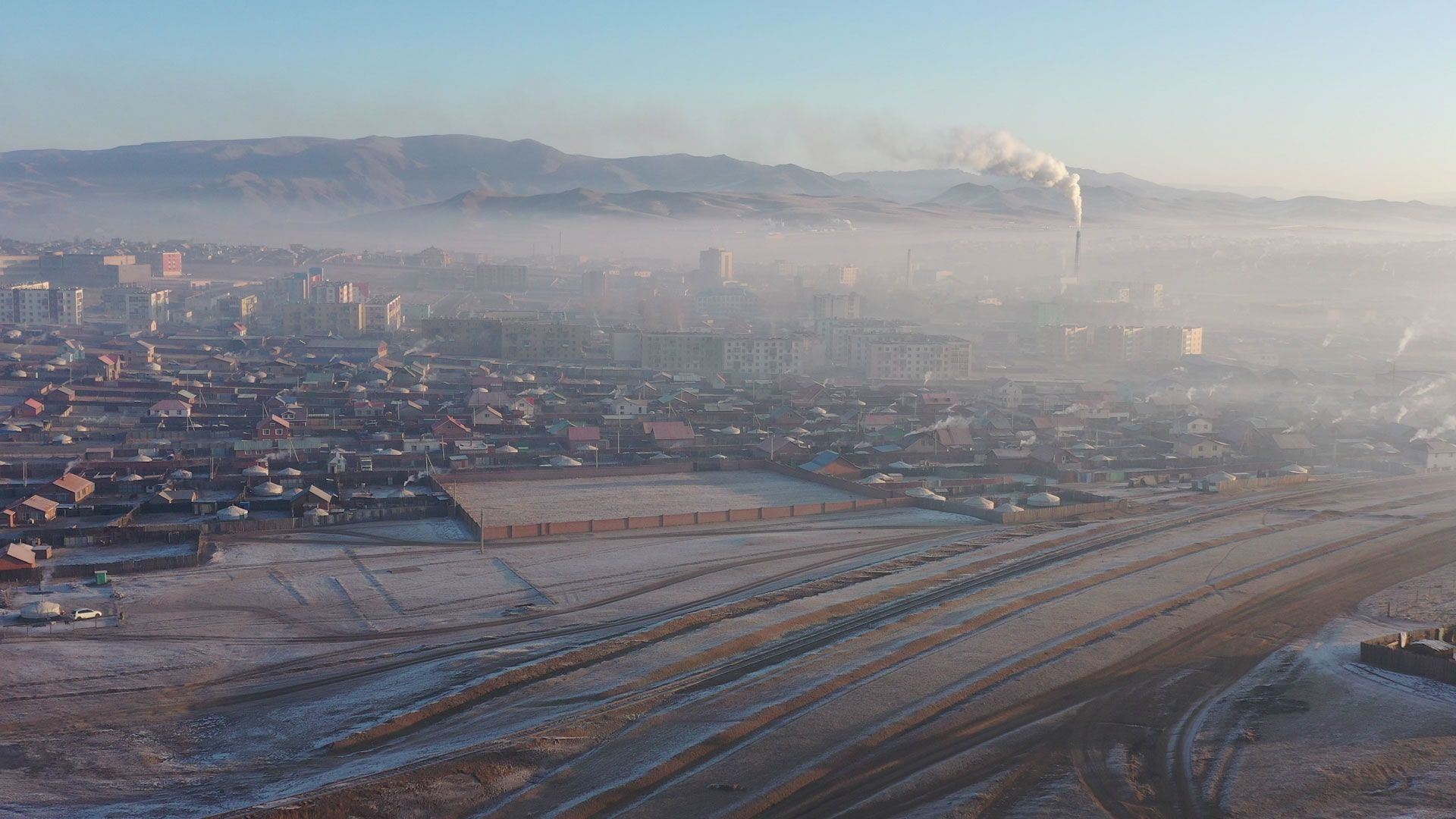
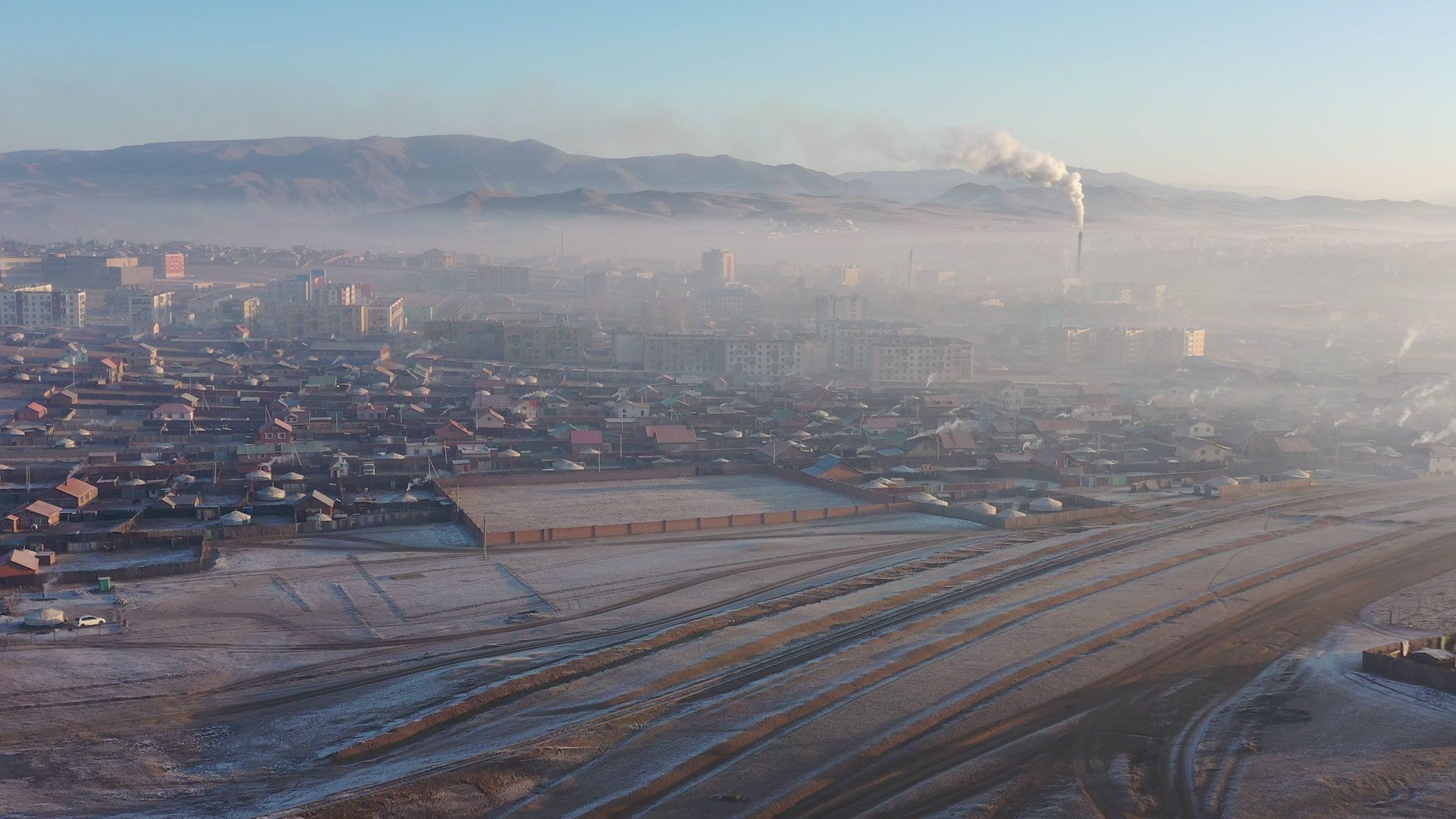
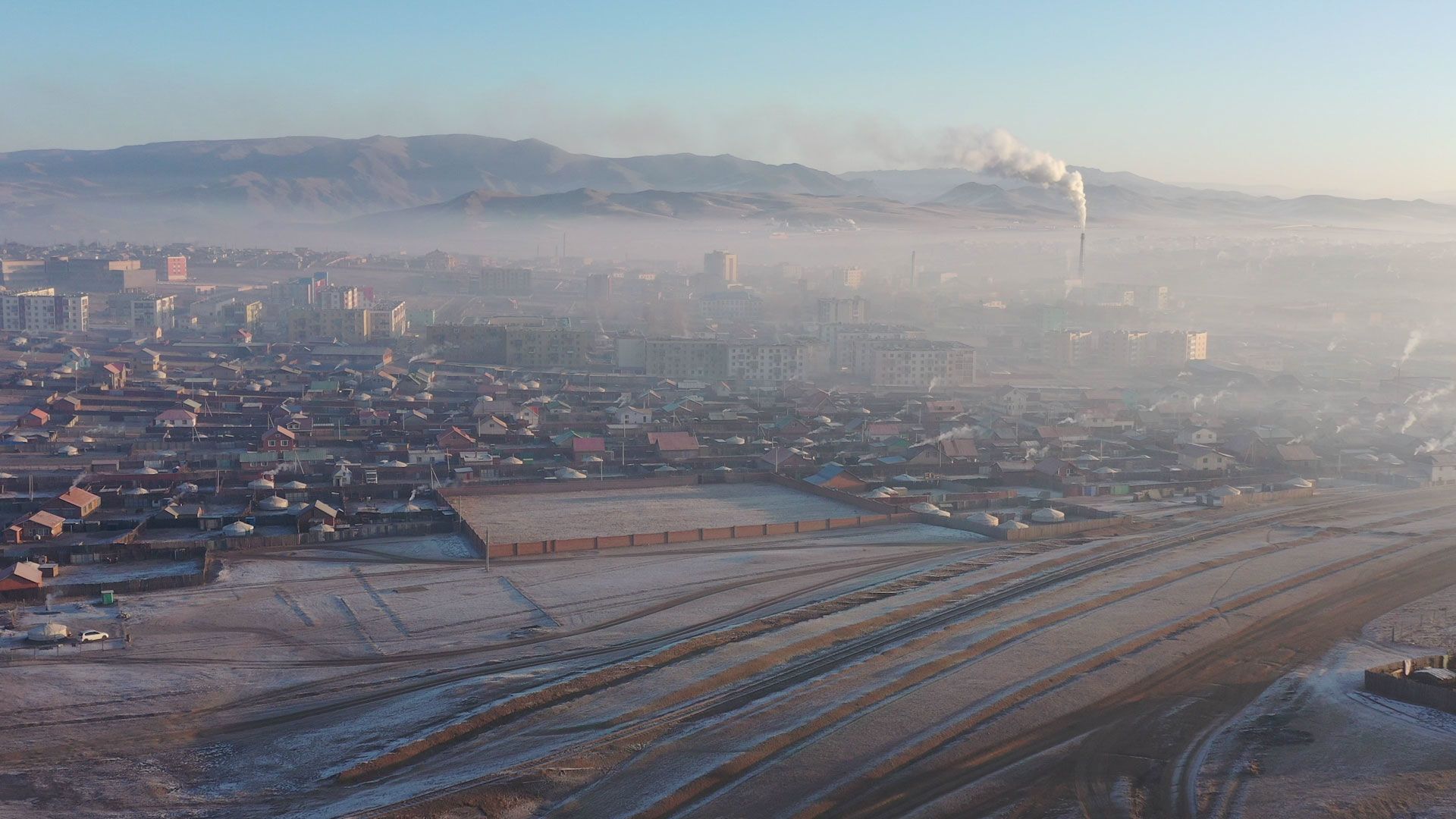
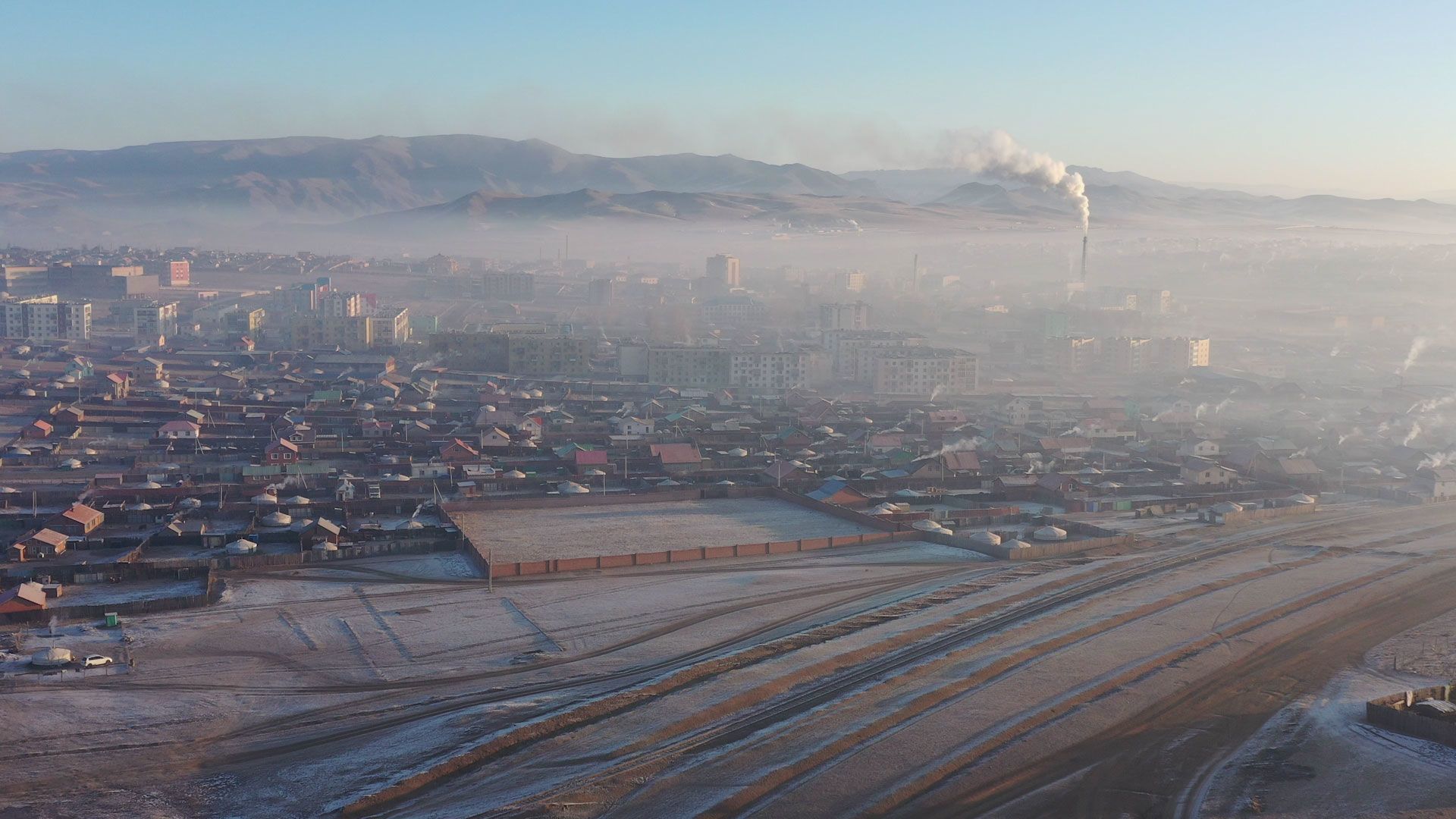
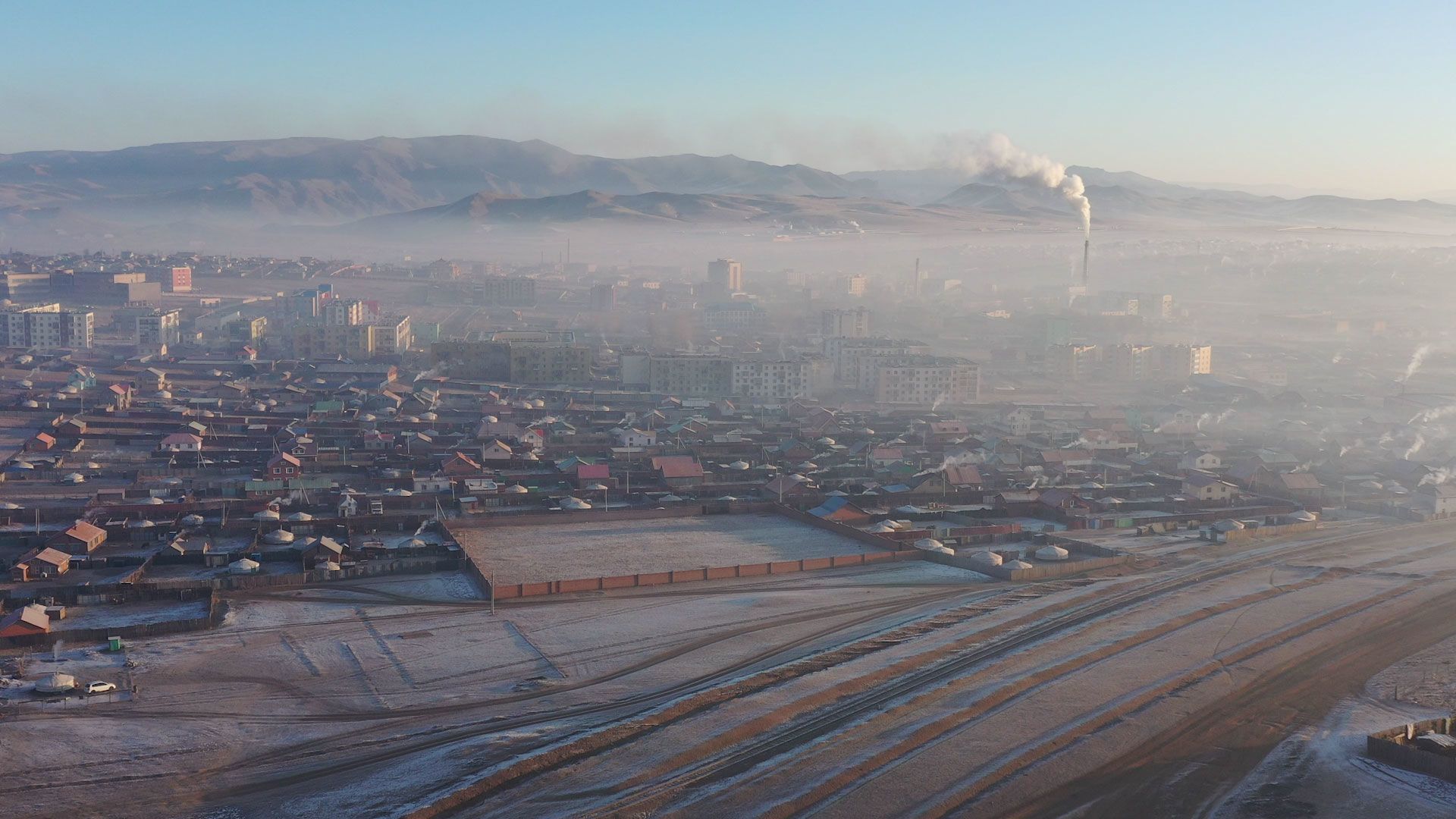
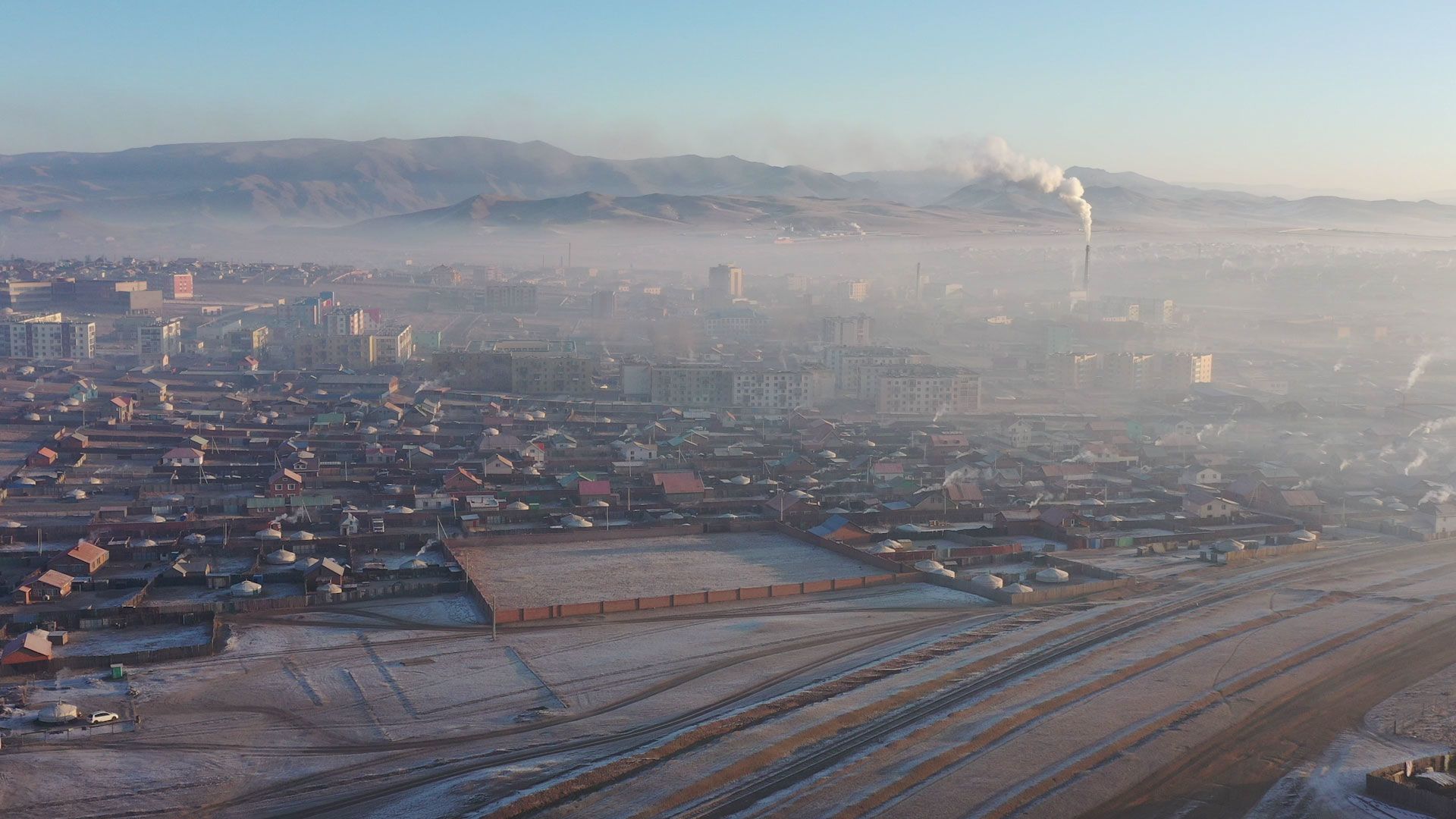

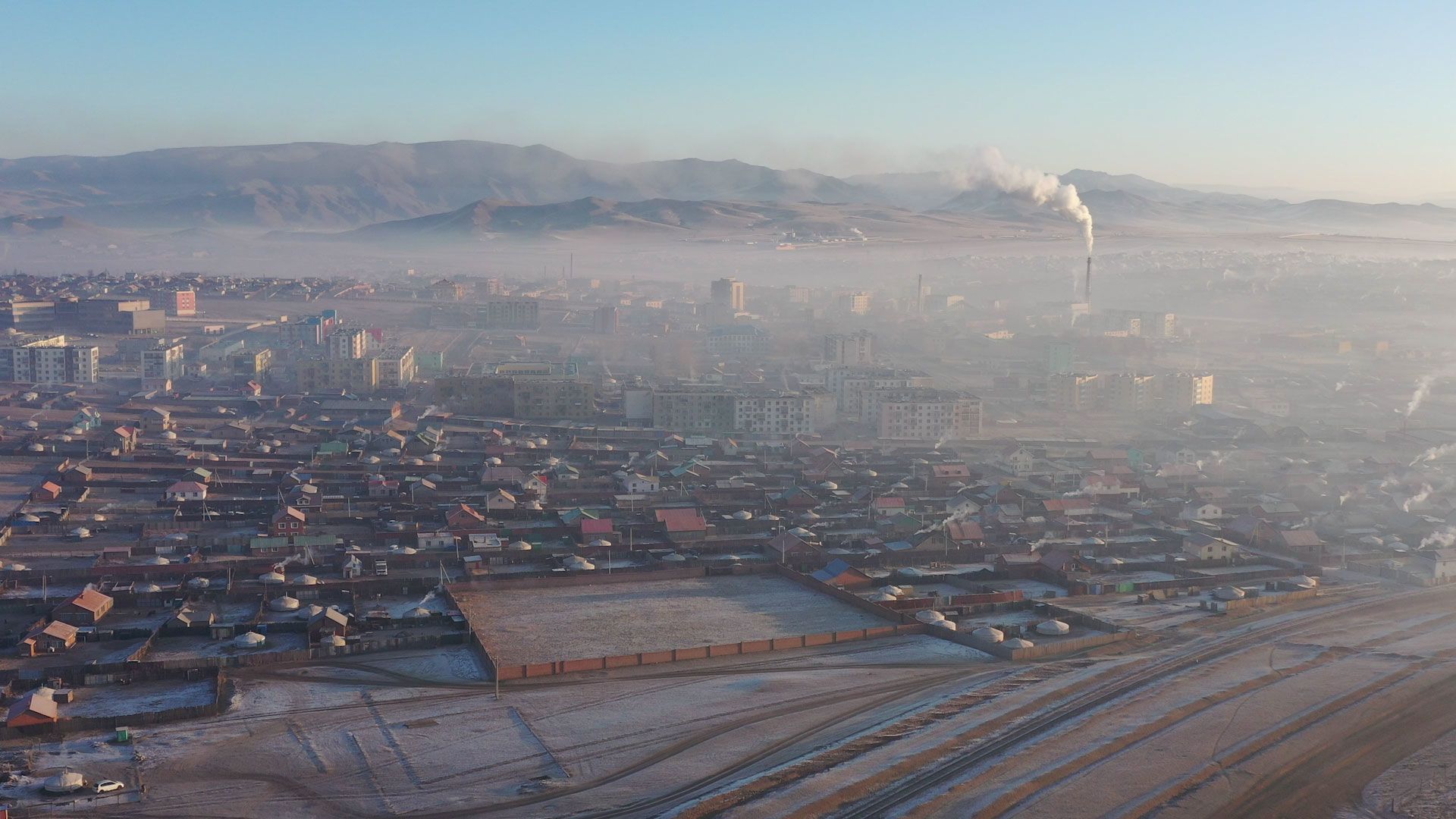
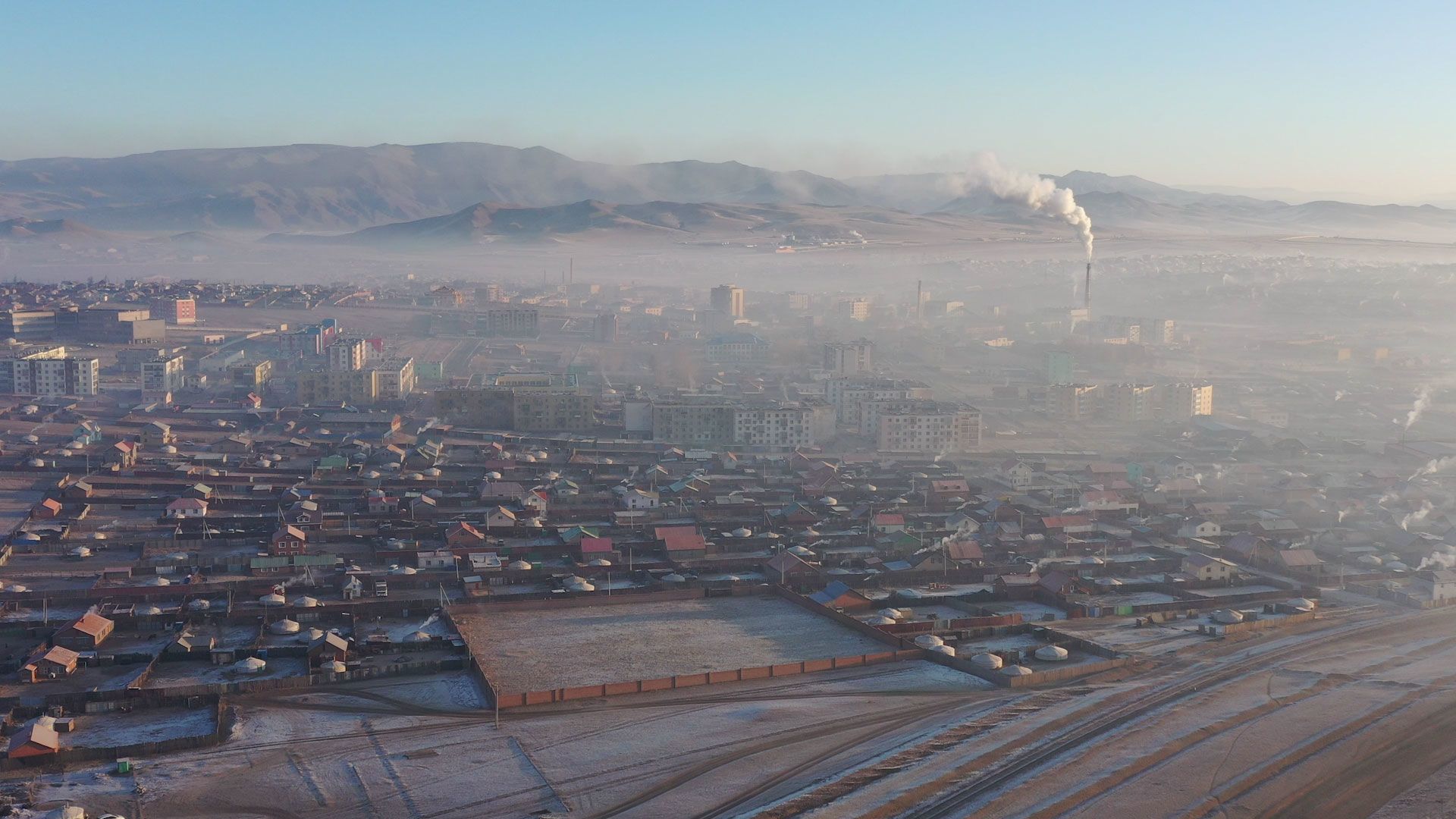
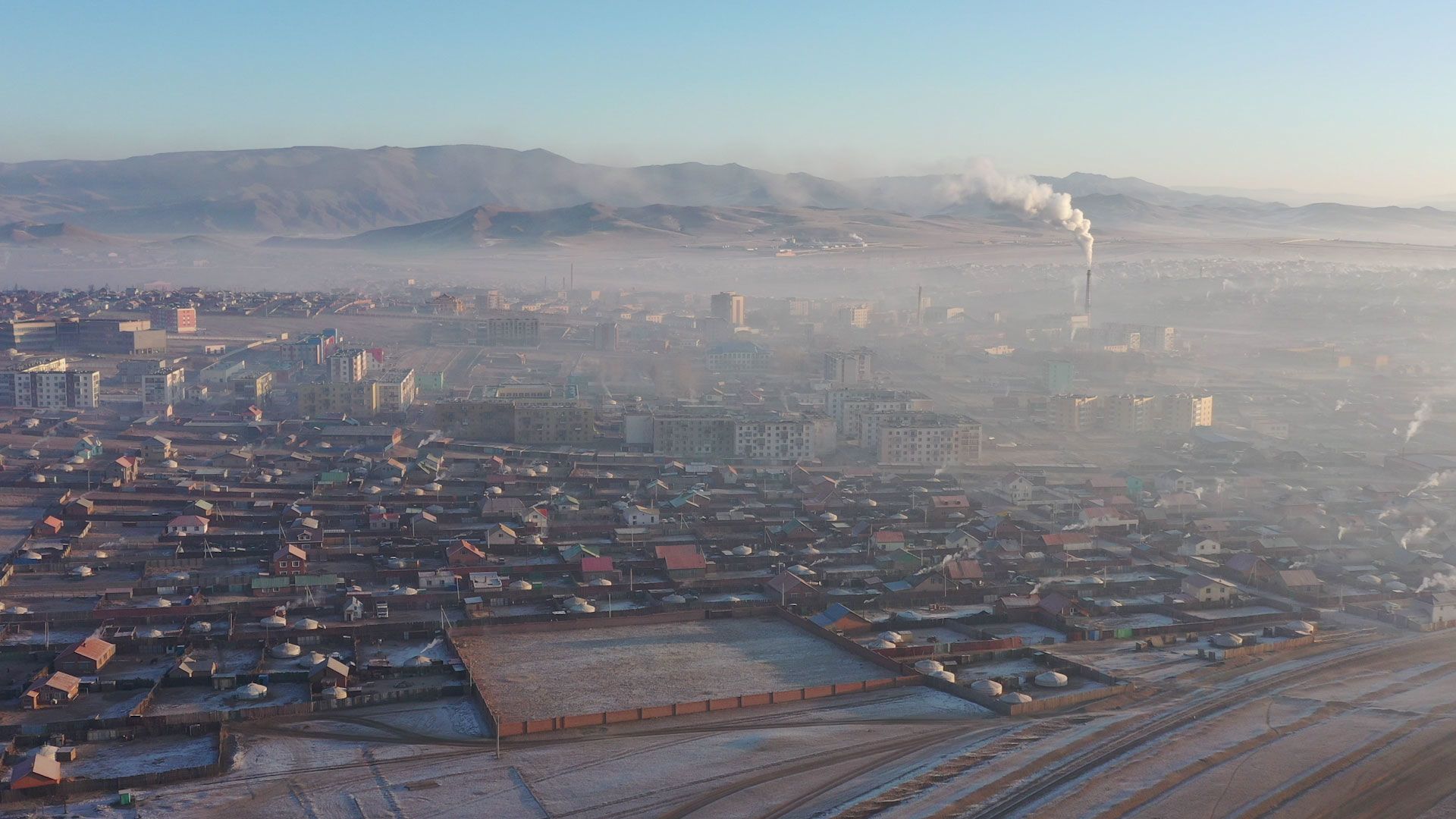
The renewables solution
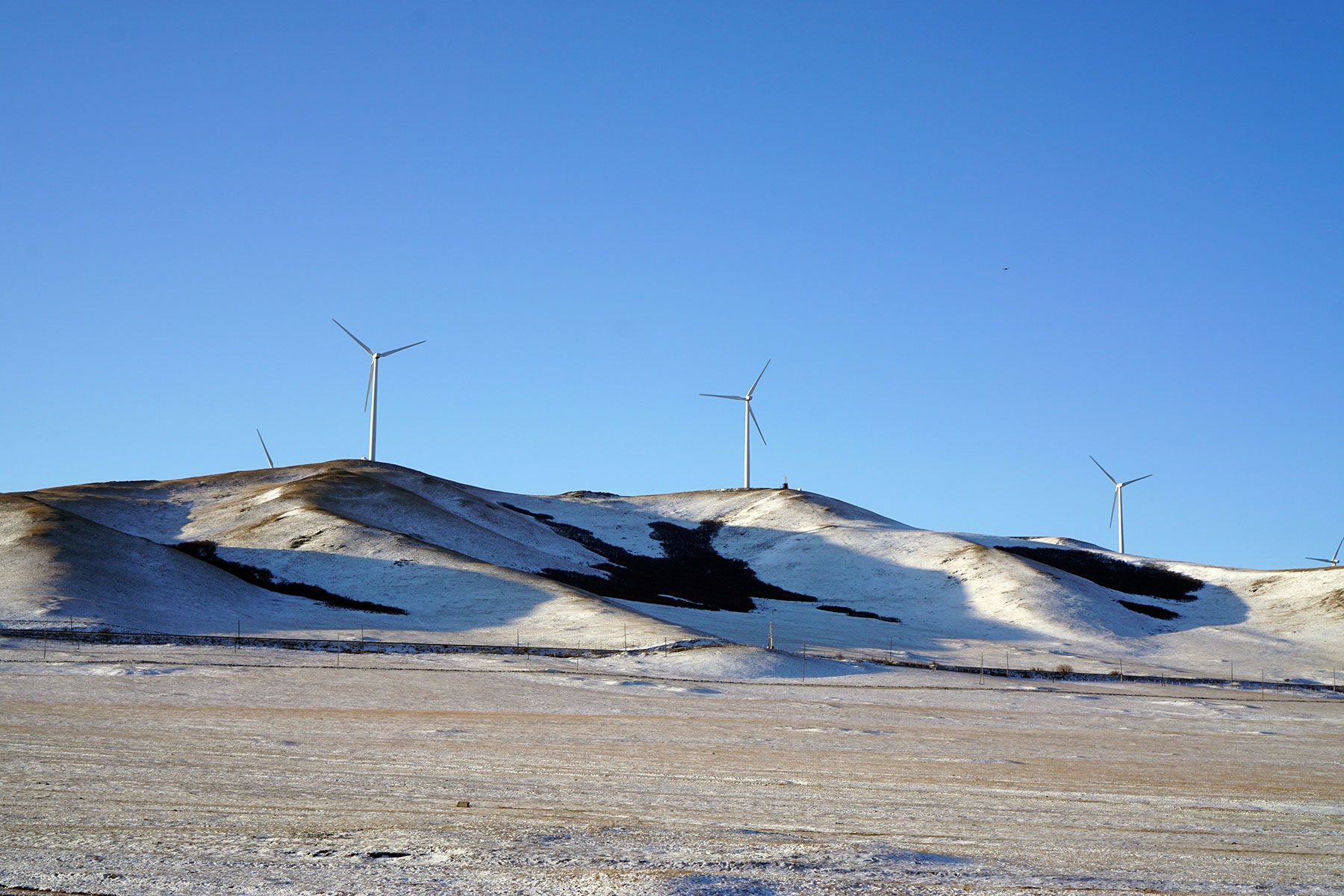
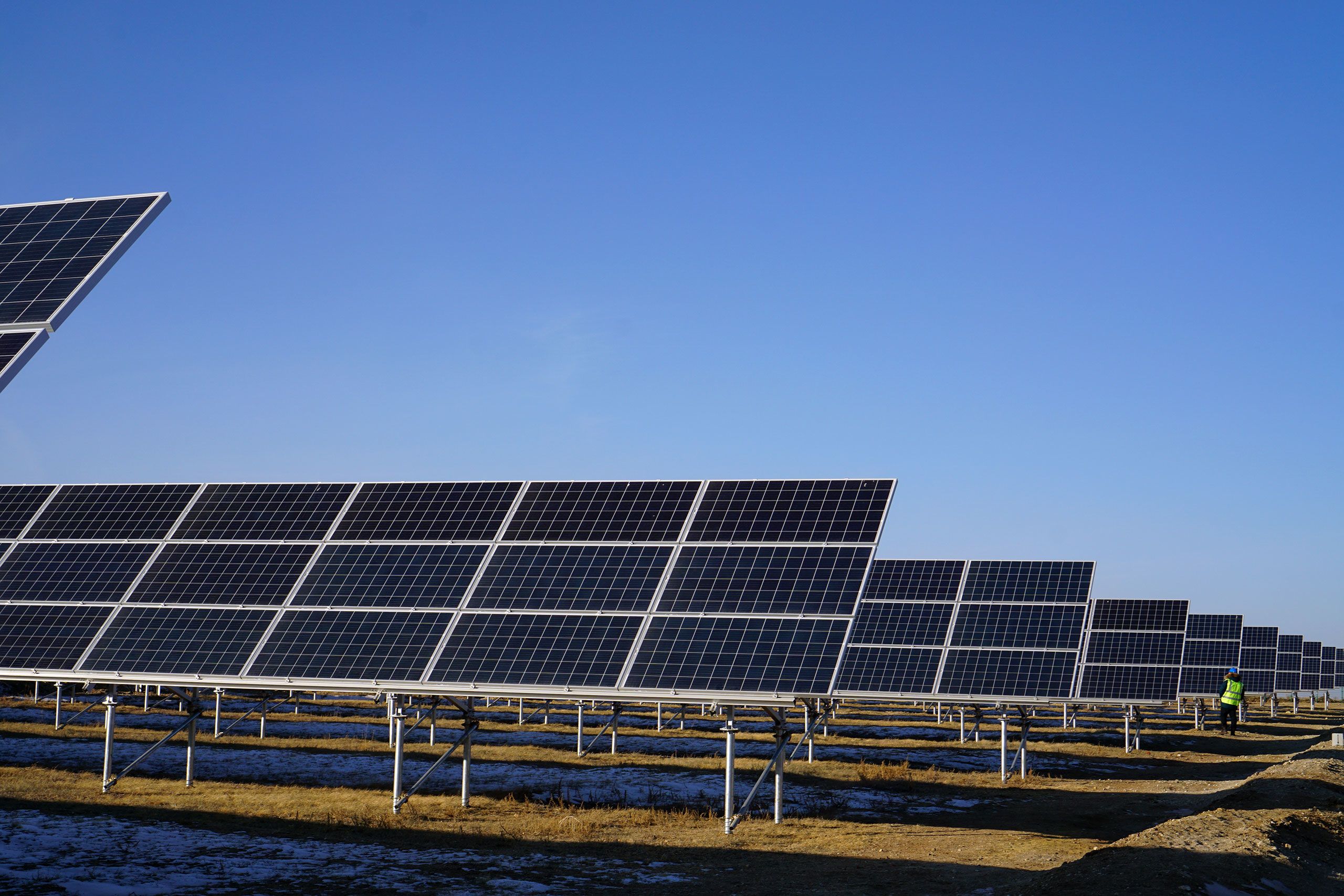
The Mongolian Government appears to be making headway in its ambitious plan to increase the national proportion of renewable energy. In 2014, its national parliament approved a green development policy which stipulates that renewables will account for 20 percent of its installed power capacity in 2020 and 30 percent by 2030.
Since then, Mongolia’s share of renewable energy reportedly reached a record high in 2018, with the country’s Ministry of Energy stating that renewable electricity generation rose to 16 percent on average for the year. According to the Ministry of Energy, Mongolia’s renewable capacity nearly doubled last year, reaching 155 MW.
Mongolia’s increasing capacity in renewable energy has been bolstered by a flow of outside investment, including from China and Japan. Supplementing foreign investment through its niche allocation of climate finance, GCF is helping to ensure that future renewables growth can be based on domestic investment, as well as infusions of outside capital. GCF is doing this by providing low-interest loans that help Mongolia’s private sector overcome initial investor wariness about diving into the renewables and energy efficiency sectors.
For instance, GCF’s investment partnership with a leading Mongolian bank is helping to forge a new market in large-scale solar energy driven by the country’s domestic private sector. XacBank has become Mongolia’s first private bank to fund the completion of a utility-size solar plant. The 10MW solar photovoltaic (PV) solar farm, located in the Sumber Soum area of Mongolia’s eastern Govisumber province, was completed at the end of last year and is already feeding into Mongolia’s main electricity grid.
The start of the plant operations also marks an important milestone for GCF. This is the first large-scale solar facility built with GCF financing to reach completion. XacBank’s ability to fund the construction of the Sumber Soum solar power plant in a little over half a year was buoyed by GCF’s ability to help XacBank plug the financial risk gap for initial renewable investment. GCF alleviated the financial risk through a long-term, concessional loan of USD 8.7 million to XacBank.
GCF Project - Renewable Energy Program #1 - Solar
GCF Project - Renewable Energy Program #1 - Solar
Batjargal Zamba, the Mongolian Government’s focal point with GCF, predicts the construction of the Sumber Soum power plant will help overcome the Mongolian private sector’s initial wariness to commit to the high initial investment costs of rolling out renewable energy. Mr Zamba, an official with Mongolia’s Ministry of Environment and Tourism, points to increasing signs of private sector investment in wind and solar power throughout the country, while noting the numerous co-benefits renewables provide. He made the comments to a GCF communications team visiting the country earlier this year.
“This solar plant will save 160,000 tonnes of water which would otherwise have been required by a coal-fired generator. This shows solar power comes with a real environmental benefit, as water in Mongolia is a limited natural resource.”
The solar plant - built with a total GCF investment of USD 17.6 million - is forecast to reduce greenhouse gas emissions by 12,270 tons annually, while at the same time providing 15,395 MW of electricity each year. The plant is operated by Mongolian company ESB, with Japanese partner firm Sankou Seiki providing most of the technological input in its construction, including the assembly of the plant’s 31,000 solar panels. The plant is forecast to provide Mongolia with 20 percent of its solar power, and account for five percent of the country’s total renewable energy mix.
While predicting the plant will “trigger another huge wave of Mongolian investors in solar energy,” XacBank CEO Bold Magvan highlighted GCF’s indispensable role in the building the plant.
“Without the preferential interest rate provided by GCF funds, this solar energy project in Mongolia would not have succeeded.”
Chief Engineer Gantulga and Engineer Khongorzul inspecting PV panels at Sumber Solar Plant in Mongolia. Photo: GCF/Angeli Mendoza
Chief Engineer Gantulga and Engineer Khongorzul inspecting PV panels at Sumber Solar Plant in Mongolia. Photo: GCF/Angeli Mendoza
21-year-old Khongorzul is one of the youngest engineers at Sumber Solar Plant in Mongolia. Photo: GCF/Angeli Mendoza
21-year-old Khongorzul is one of the youngest engineers at Sumber Solar Plant in Mongolia. Photo: GCF/Angeli Mendoza
GCF Communications Specialist Simon Pollock visits Sumber Solar Plant – the first large-scale solar financed by a local bank, Xacbank, and the first completed GCF-supported solar plant. Photo: GCF/Angeli Mendoza
GCF Communications Specialist Simon Pollock visits Sumber Solar Plant – the first large-scale solar financed by a local bank, Xacbank, and the first completed GCF-supported solar plant. Photo: GCF/Angeli Mendoza

Empowering Mongolia’s private sector
Mongolia’s first private bank-funded solar plant is an example of what can be done at the large scale to open up new growth avenues leading to a low-carbon economy. There are also advantages in using low-interest financing to nurture green growth closer to the grassroots of individual entrepreneurship.
GCF is working with XacBank in another project which helps businesspeople carve out niches in low-emission markets by providing the sort of low-interest loans that regular banks cannot. While lacking the prominence of the Sumber Soum solar power plant, GCF’s USD 20 million loan to XacBank through its Mongolian business loans programme is having an increasing and diversified impact on the ground – ranging from energy efficient upgrades in schools and factories to bolstering the business prospects of solar equipment entrepreneurs. The programme focuses on the micro, small and medium-sized enterprises which account for 90 percent of Mongolian businesses.
Efficiency measures at this drug factory provide 54 percent energy savings and reduce production costs and greenhouse gas emissions. Photo: GCF/Angeli Mendoza
Efficiency measures at this drug factory provide 54 percent energy savings and reduce production costs and greenhouse gas emissions. Photo: GCF/Angeli Mendoza
The bustling crowds in Ms Myagmarsuren’s shop in the outskirts of Ulaanbaatar is evidence of the power of the market in driving low-emission innovation at the local level. A beneficiary of the GCF-XacBank loans programme, Ms Myagmarsuren sells renewable energy products to herding families whose nomadic lifestyles mean they don’t have regular access to electricity grids. These products include solar panels, wind generators, batteries and a range of solar powered products such as TVs, water pumps and refrigerators.
Businesswoman Myagmarsuren (left) is doing a brisk business selling solar panels to nomadic families. Photo: GCF/Angeli Mendoza
Businesswoman Myagmarsuren (left) is doing a brisk business selling solar panels to nomadic families. Photo: GCF/Angeli Mendoza
Ms Myagmarsuren and her husband Purevdorj decided to move back to their Mongolian homeland from Irkutsk in Russia in 1999 following the devaluation of the Russian rouble. Starting from small beginnings with a stall selling solar powered generators, Ms Myagmarsuren says their shop now employs eight people and receives up to 200 customers on busy days with a daily average of 100.
“Business is doing extremely well.”
The GCF-XacBank business loan programme is helping renewable energy lower emissions and raise profits. Access to low-interest loans is the common denominator turning low-emission investment ideas into reality. Nakhia Impex, a pharmaceutical factory in Ulaanbaatar, introduced energy efficiency measures in 2017 as part of the GCF-XacBank business loan programme. Factory managers say this has resulted in an energy saving of 54 percent, a reduction of 6,000 tonnes of carbon emissions over the factory’s lifetime, and a monetary saving of nearly USD 20,000. They plan to use this saving to upscale production of what is already a well-known drug brand in Mongolia.
GCF Project - Business loan programme for GHG emissions reduction
GCF Project - Business loan programme for GHG emissions reduction
A guiding feature of GCF’s investment in Mongolia is the way it tailors its financial support to empower the country’s private sector to take the lead in driving low-emission businesses that make money while reducing emissions. This matches a widespread recognition throughout the world that businesses will have to pitch in the trillions of dollars necessary to keep global warming well below 2 degrees Celsius.
The scale of the global challenge can seem daunting. But change on the ground achieved by Ms Myagmarsuren and other low-emission entrepreneurs point the way in which grassroots, private sector dynamism can create a groundswell of profit-seeking momentum to a more sustainable future. Faith in the power of the private sector is based on a hope that Mongolia can leapfrog into adopting the widespread use of clean energy technology, as it has done with telephones, evident in the ubiquitous use of mobile phones in the country’s urban areas.
Reducing the climate impacts of Ulaanbaatar’s ger district

The effects of damaging climate change are becoming increasingly evident on a global scale. The burning of coal, one of the main contributors to greenhouse gas emissions, in people's houses can be equally devastating in the more immediate vicinity of the family circle. This is becoming increasingly evident in Mongolia as part of the growing pains of rapid urbanisation.
In order to alleviate some of the climate effects of this urbanisation, GCF has invested a total of USD 145 million in an urban planning initiative intended to improve the lives of people living on the outskirts of Ulaanbaatar, while also reducing their carbon footprints.
The Green Affordable Housing and Resilient Urban Renewal Project, which the Asian Development Bank (ADB) plans to begin rolling out later this year, is designed to support the building of apartments that are far more low-carbon and climate resilient than the current makeshift housing of Ulaanbaatar’s outer residents. The aim is to provide 10,000 green housing units that are energy efficient and maximize the use of renewable energy.
The project is designed to improve liveability in these areas by creating connected sewages systems and shared public spaces. Low-carbon measures include ensuring that solar panels cover 18 percent of the new buildings, while setting aside at least 10 percent of the eco-district surface to build greenhouses. A key feature of this project is to provide affordable housing, while at the same time freeing the residents’ current reliance on burning coal and wood at home by connecting them to the main electricity grid.
GCF Project - Ulaanbaatar Green Affordable Housing and Resilient Urban Renewal Project (AHURP)
GCF Project - Ulaanbaatar Green Affordable Housing and Resilient Urban Renewal Project (AHURP)
The severity of Ulaanbaatar’s air pollution problem comes as a surprise to many not familiar with Mongolia’s domestic circumstances. The popular impression of Mongolia is a land of wide steppes stretching to the horizon under a clear blue sky. It is not surprising then that when outsiders think of Mongolia the image that comes to mind is one of vast grasslands where nomadic people herd sheep and cattle and set up their traditional felt tents known as gers. Hundreds of thousands of Mongolians still live this traditional life in one of the world’s last examples of a nomadic culture.
But the attractions of city life, as well as increasingly harsh environmental conditions, are drawing increasing numbers of herd people to cities, especially Ulaanbaatar. The nomadic people’s dependence on the elements leaves them exposed to the increasing effects of climate change. Summers that are unusually dry followed by spells during winter which are exceptionally cold are known in Mongolia as dzuds. Climate change is exacerbating these periodic weather phenomena, and putting increasing strains on the nomads’ ability to tend their herds of sheep and cattle. Dzuds in 1999 and 2009 killed around 10 million and 8 million livestock respectively, and were followed by a spike in migration to Ulaanbaatar.
Chingeltei District 16th Khoroo, one of the many peri-urban residential areas in Ulaanbaatar. Photo: GCF/Angeli Mendoza
Chingeltei District 16th Khoroo, one of the many peri-urban residential areas in Ulaanbaatar. Photo: GCF/Angeli Mendoza
Some of the newcomers to Ulaanbaatar’s outskirts still live in traditional gers and need to burn coal to keep warm. Photo: GCF/Angeli Mendoza
Some of the newcomers to Ulaanbaatar’s outskirts still live in traditional gers and need to burn coal to keep warm. Photo: GCF/Angeli Mendoza
Seven-year-old Munkhgal (left) skipped school the day GCF visited his ger home on Ulaanbaatar’s outskirts due to respiratory problems. Photo: GCF/Angeli Mendoza
Seven-year-old Munkhgal (left) skipped school the day GCF visited his ger home on Ulaanbaatar’s outskirts due to respiratory problems. Photo: GCF/Angeli Mendoza
A ger resident in Ulaanbaatar places briquettes into the furnace to keep her family’s house warm during winter. Photo: GCF/Angeli Mendoza
A ger resident in Ulaanbaatar places briquettes into the furnace to keep her family’s house warm during winter. Photo: GCF/Angeli Mendoza
A vendor selling bags of coal in the streets of Ulaanbaatar. Photo: GCF/Angeli Mendoza
A vendor selling bags of coal in the streets of Ulaanbaatar. Photo: GCF/Angeli Mendoza
Women in the family are traditionally responsible for keeping the furnace burning. Photo: GCF/Angeli Mendoza
Women in the family are traditionally responsible for keeping the furnace burning. Photo: GCF/Angeli Mendoza
While ger resident 3-year-old Munkhtushig (right) likes to eat cookies, her mother frets about the effects of burning coal in their home. Photo: GCF/Angeli Mendoza
While ger resident 3-year-old Munkhtushig (right) likes to eat cookies, her mother frets about the effects of burning coal in their home. Photo: GCF/Angeli Mendoza
Purevjav Gomboluudev, the head of climate research in Mongolia’s Information and Research Institute of Meteorology, Hydrology and Environment, said the effects of climate change in Mongolia are stark. “Meteorological stations set up in 1940 show Mongolia’s annual mean temperature has increased 2.2 degrees Celsius more than the global average,” he said. “This is combined with a decline of rainfall by around 7 percent.
"While increased dry conditions across the country lead to huge livestock losses during the dzud periods, they are also reducing farmers’ crop yields. During a drought in 2016, farmers lost almost 50 percent of their wheat crops.”
Escaping these increasingly harsh conditions, during the past three decades about 600,000 former herders have moved to the country’s capital, meaning that during this period 20 percent of the nation’s entire population has moved from the countryside to Ulaanbaatar. The more than doubling of the number of the city residents in such a short time has come with a high environmental cost. Many live in Ulaanbaatar’s ger areas, referring to the traditional tents in which some of the newcomers still live in, which are perched on the hillsides that surround the capital. And most rely on the burning of coal and wood to stay warm.
Mr Gomboluudev said the burning of coal in these ger areas is responsible for about 90 percent of the city’s air pollution. This has been the main cause of an increase in carbon dioxide concentration in the atmosphere by 13 percent since 1992, he added.
For many in the ger areas, there are currently no other options. During the winter, heat is not just a comfort but an essential way of dealing with temperatures that drop to around -40 degree Celsius. When there is no wind, this results in a cloying blanket of coal smoke that assaults your body like a physical attack. You can taste it. It permeates your clothes and, more insidiously, your lungs.
O Oyun-Erdene, a health expert at Mongolia’s National Centre for Public Health, told the GCF communications team that cases of respiratory and coronary diseases caused by air pollution have spiked in the past 20 years.
Respiratory problems, caused by air pollution, represents the biggest health problem facing Mongolia.
Especially bad in winter, it is affecting an average of 54 percent of people’s health. Our research has found it is responsible for 20 percent of children’s lung diseases.
O Oyun-Erdene, a health expert at Mongolia’s National Centre for Public Health
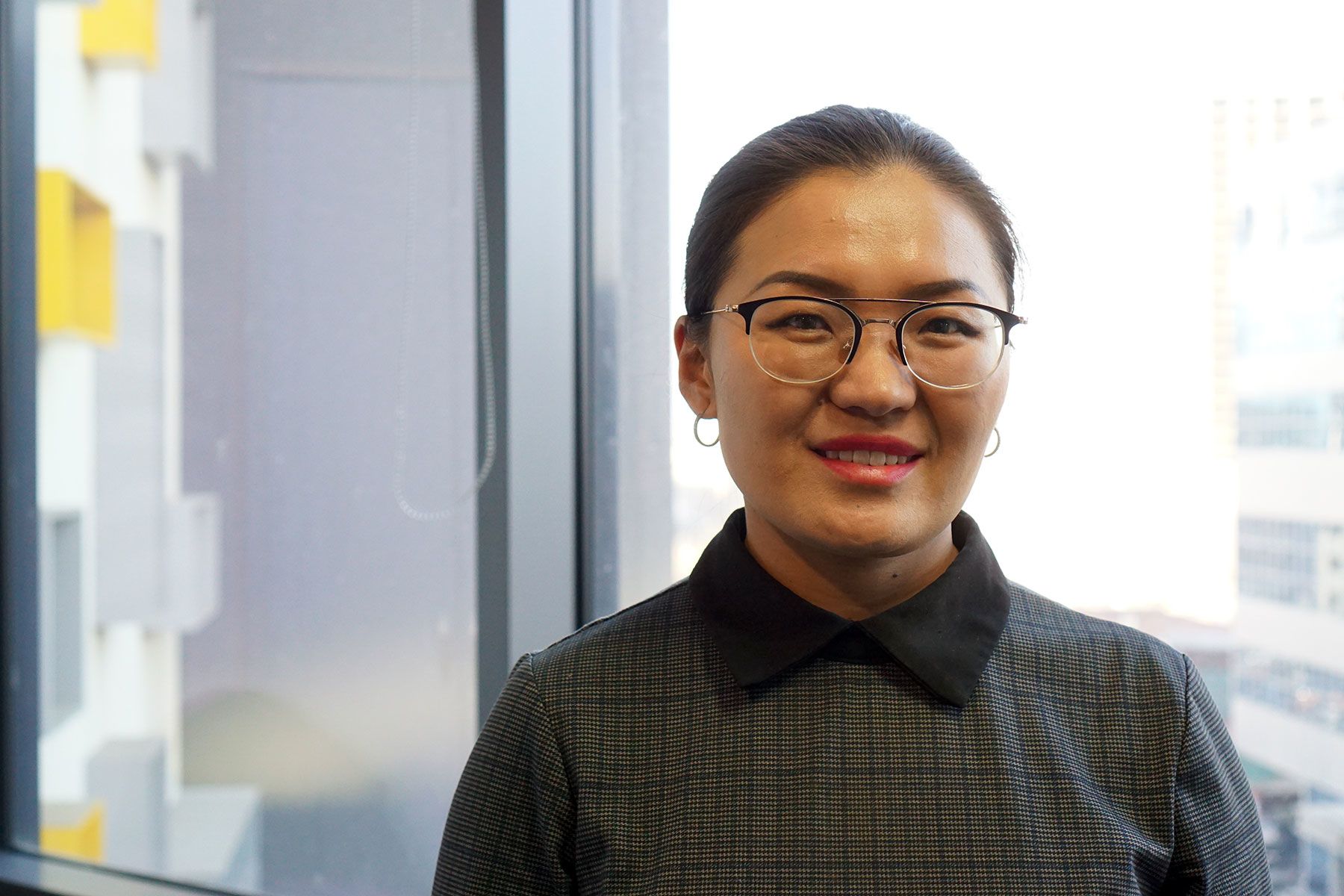
While air pollution in Ulaanbaatar sometimes exceeds 30 to 40 times the World Health Organisation’s standard, especially in winter, it sometimes ranks as the world’s first or second city with the worst air pollution, Ms Oyun-Erdene added. A joint report by the National Centre for Public Health and UNICEF warned in February last year air pollution has become a “child health crisis.”
Ms Oyun-Erdene is pregnant and understandably worried about what effects air pollution will have on her unborn child. She is planning to take one of the coping measures adopted by some Ulaanbaatar parents with young children. After giving birth, she will travel to the countryside where the air is clean and keep her young child there as long as possible, especially during the winter months. But this is only an option for those whose livelihoods allow this measure. Many among over half of Ulaanbaatar’s residents who live in the ger areas lack the financial leeway do to so, while Ms Oyun-Erdene laments those mothers in the capital without famiies in the countryside.
The challenges faced by Mongolia as a landlocked nation urbanising rapidly are significant. The cascading effects of climate change are likely to become more severe for its nomadic herders, while the energy demands of its expanding capital are likely to rise. GCF’s work with XacBank and ADB in Mongolia has found, however, there are growing signs of promise in exploring and forging new paths of renewable energy, energy efficiency and affordable housing based on more sustainable and healthy lifestyles.
Although the power of the private sector is essential to further these new paths, continuing support by Mongolia’s government to help set the appropriate infrastructure of planning and innovation is also paramount. While climate-focused measures are becoming increasingly evident in Mongolia, GCF will continue to work with its Mongolian partners to explore new ways that lead the country to a sustainable and low-emission future.
A laborer at one of the coal depots around Ulaanbaatar doing backbreaking work of shattering coal into smaller pieces for household consumption. Photo: GCF/Angeli Mendoza
A laborer at one of the coal depots around Ulaanbaatar doing backbreaking work of shattering coal into smaller pieces for household consumption. Photo: GCF/Angeli Mendoza
A ger area resident walks a few kilometers to fill jerrycans with water for his home. Photo: GCF/Angeli Mendoza
A ger area resident walks a few kilometers to fill jerrycans with water for his home. Photo: GCF/Angeli Mendoza
The site of GCF’s Green Affordable Housing and Resilient Urban Renewal Project (FP077) with ADB. Photo: GCF/Angeli Mendoza
The site of GCF’s Green Affordable Housing and Resilient Urban Renewal Project (FP077) with ADB. Photo: GCF/Angeli Mendoza









